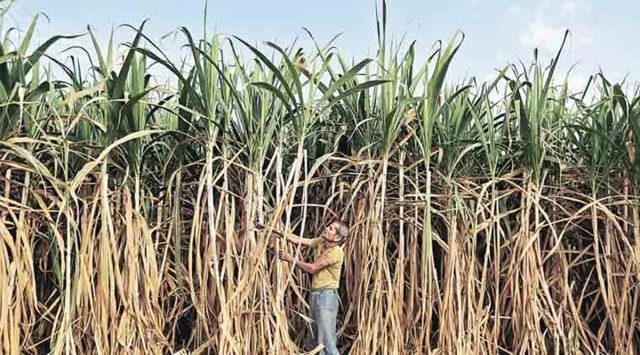Stay updated with the latest - Click here to follow us on Instagram
Cane patches in Karnataka neither protected nor maintained well, says study
The study based on field investigations in Dakshina Kannada and Uttara Kannada was published in the forest department’s Quarterly Journal of Forestry and Allied Sciences.
 Farmers generally register their cane with mills that draw up their harvesting calendar to ensure proper recovery of sugar.
Farmers generally register their cane with mills that draw up their harvesting calendar to ensure proper recovery of sugar.Karnataka has canes growing in over 15,000 hectares but a study carried out by retired Indian Forest Service officer AC Lakshmana, IFS Prakash Netalkar and researcher MN Ashwath has found that these patches are neither protected nor maintained well.
The study based on field investigations in Dakshina Kannada and Uttara Kannada was published in the forest department’s Quarterly Journal of Forestry and Allied Sciences.
🗞️ Subscribe Now: Get Express Premium to access the best Election reporting and analysis 🗞️
“During the field investigation, some of the plantations were not well maintained and protection (from animals and humankind) was worse in its condition. If this trend of carelessness, lethargy in protecting, cattle browsing, illicit felling continues, it is not easy to come back. It is time for the department to manage them appropriately and get returns from well-established plantations. These valuable plant resources should be managed and conserved for future utility,” reads the paper.
One of the suggestions made by the researchers is that some of the single-stemmed cane species (especially Ontibettha and Devarabettha) can be introduced in agroforestry.
Rattan is mainly exploited for its flexible stems, which are used in handicraft and furniture industries because of their durability, elasticity, light weight, lustre, colour and flexibility. The rattan stem can be folded into several forms without affecting the strength.
“The growth of canes is initially slow, which will hasten after three or four years. The average annual growth rate of canes is 90 cm. During the first three to four years, the annual growth varies between 25 and 35 cm. The assessment of growth and yield estimation of a plantation are essential before harvesting,” the study said.
The researchers stated that ecologically, canes are a vital plant community with a regulatory ecosystem in tropical forests. Its leaf litter enriches the fertility of the soil. Canes also improve soil’s water-holding capacity and aids soil-moisture conservation. It also helps to avoid soil erosion.
Most cane species in the state are distributed in Kodagu, Dakshina Kannada, Uttara Kannada, Ckikkamagaluru, Shivamogga and Hassan.








